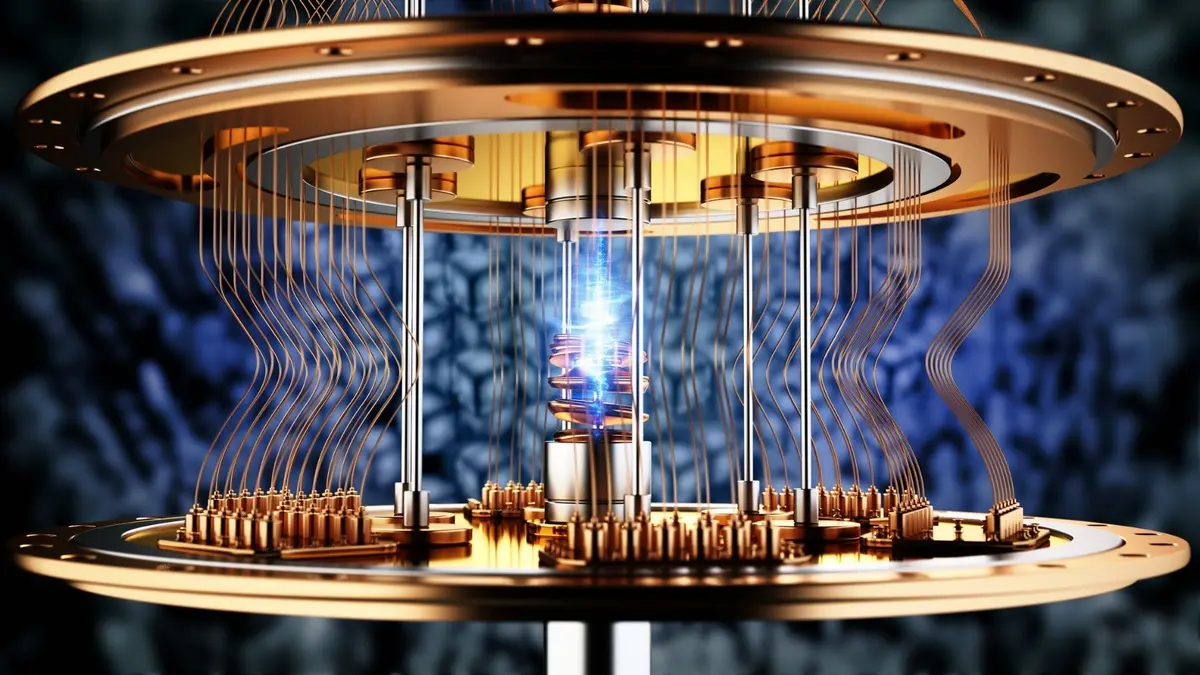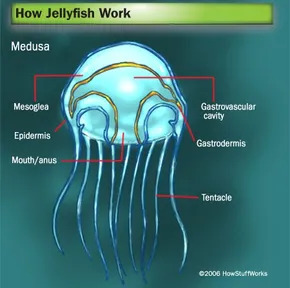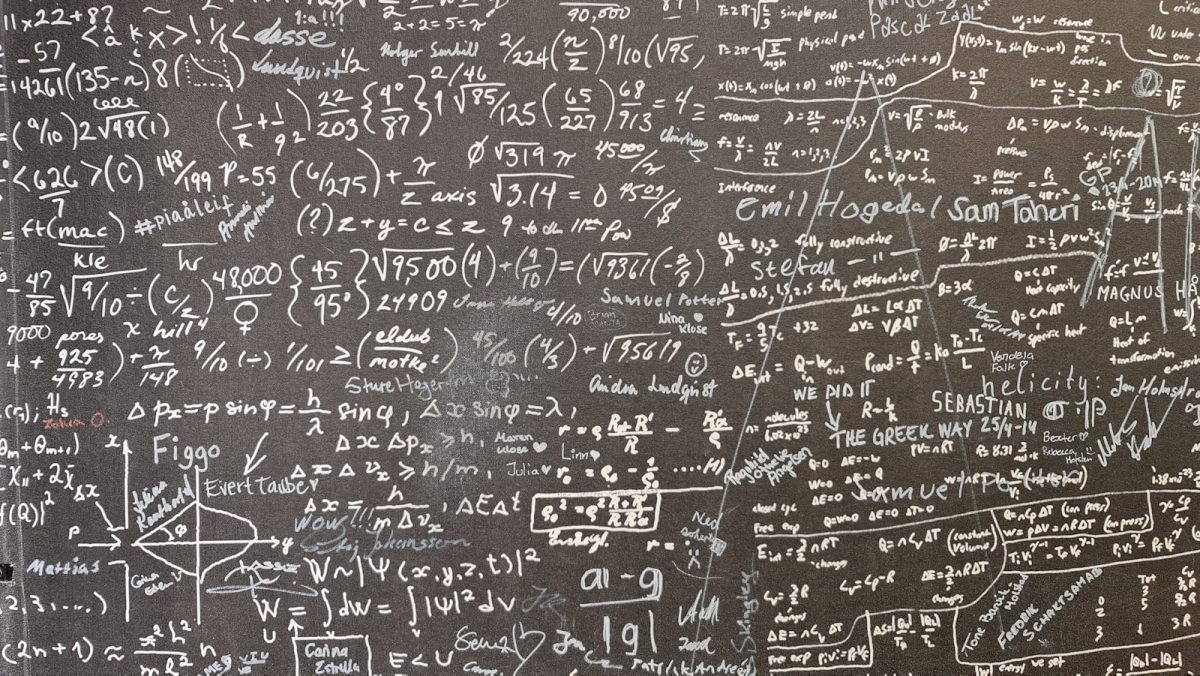Black Holes
Black holes are formed when a star nears the end of its life, it collapses under its own gravity and forms a black hole. Black holes are gigantic and very dense; no light can escape it, hence the name. Albert Einstein’s theory of relativity predicts the existence of black holes. We now know that black holes do exist, the closest one to us is called Gaia BH1, about 1,500 light years away. The point of no return, the boundary of the black hole, is called the event horizon. As you enter the black hole, no matter what you do, your only future is the singularity, where space and time are thought to cease to exist. The outside world can affect things inside the black hole, but the interior can’t affect the exterior.
White Holes
Einstein’s theory of relativity also predicts the existence of white holes, but white holes are only mathematically proven to exist, we have yet to see a real one. White holes are the complete opposite of black holes, instead of sucking in matter, they expel matter. The inside world can affect the outside world, but the exterior can’t affect the interior. Just like black holes, white holes also have a singularity and event horizon. Some believe that the Big Bounce originated from a white hole. While the Big Bang theory views our universe as having one beginning, the Big Bounce theory suggests that our universe has expanded and contracted infinitely many times. Each contraction would lead to another “bounce”.
Wormholes
Einstein’s theory of relativity also predicts the existence of wormholes and sadly, wormholes are only mathematically proven. Wormholes are often depicted in science fiction novels as a way to travel between two moments in time, or from one place to another. After Einstein’s theory of general relativity was published, Ludwig Flamm described a white hole as a theoretical time reversal of a black hole. Nathan Rosen and Einstein then added onto this, saying that there could be the existence of “bridges” in space-time. Because of this, wormholes are also known as Einstein-Rosen bridges. If we traveled through wormholes, we would move faster than the speed of light. The downside is that wormholes are very unstable and they contain a lot of radiation, if the wormhole were to collapse while we were in it, we would then be sucked into a black hole.
Related Stories:
https://science.nasa.gov/universe/black-holes/
https://en.wikipedia.org/wiki/Black_hole
https://en.wikipedia.org/wiki/White_hole
https://www.space.com/white-holes.html
https://en.wikipedia.org/wiki/Wormhole
https://www.space.com/20881-wormholes.html
Take Action:












